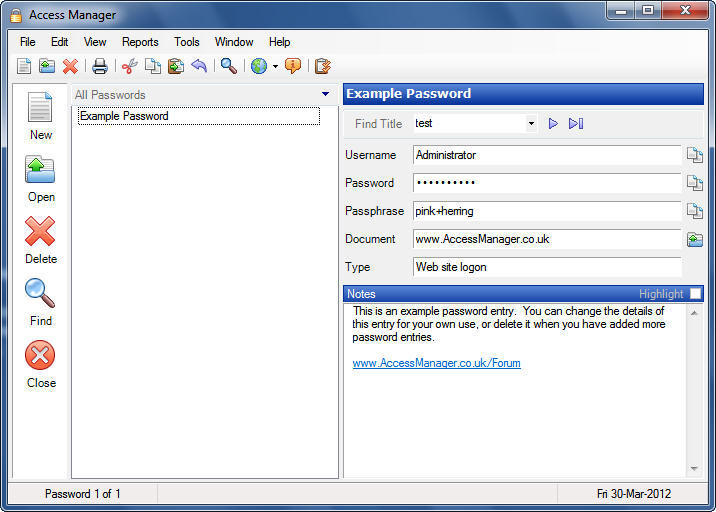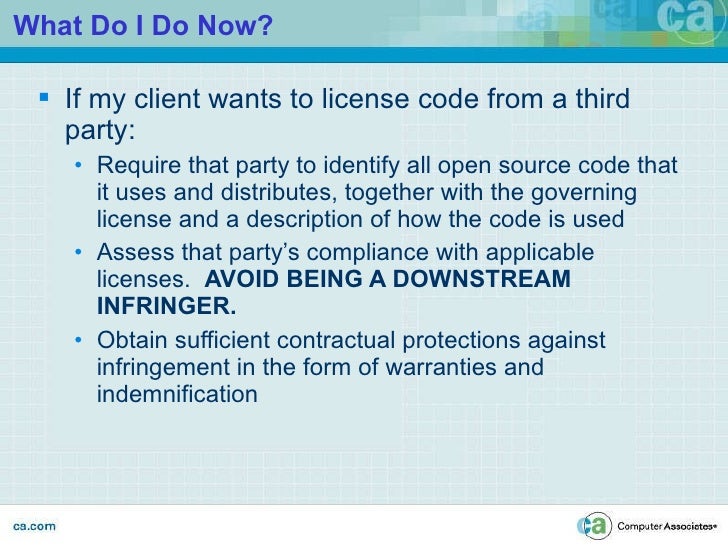

Instead, they can just remember 1 password, and then access all the other passwords whenever they need. People use password managers so that they don’t have to remember all the usernames/passwords of the websites they visit. You can think of it as an encrypted vault to store your sensitive information, and the master password is the key to open that vault. The program would allow you to add/remove/modify records of your credentials per website/URL. Without the master password, no one can access those credentials. This is the case for the GPL v2 and GPL v3 licenses, for example.A password manager is a special program that stores all the credentials of the websites/services you use, encrypts them and stores them securely in a safe place, and then allows you to access those passwords any time you want using what’s known as a “master password”. Depending on the open source license being used for a given OSS component, there are different requirements, including, in some cases, the requirement to release your source code to the public. There is also license compliance risk when using OSS, particularly for companies that are developing applications for sale or use outside of their own organization.

In fact, the data says that organizations typically are aware of less than 10% of the open source software they are using.įor enterprises that are developing applications for internal use, OSS represents a potential security risk- there are software vulnerabilities in many OSS components. And, hey, its free, right? Last year (2016), there were 79 billion (with a ‘B’) downloads of OSS components!Īt the same time, most organizations have no idea how much open source code they are actually using. There are a number of reasons for this, including being able to develop applications faster and with higher quality. Industry research shows that 95% of organizations use Open Source Software (OSS) in their mission critical applications.


 0 kommentar(er)
0 kommentar(er)
